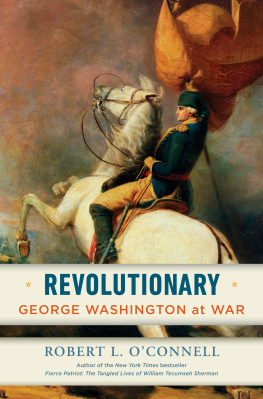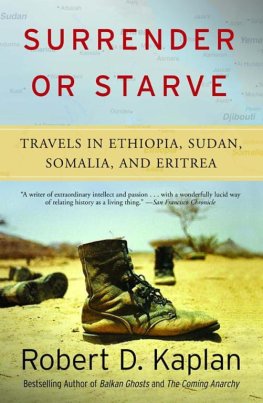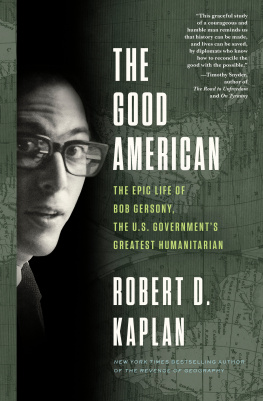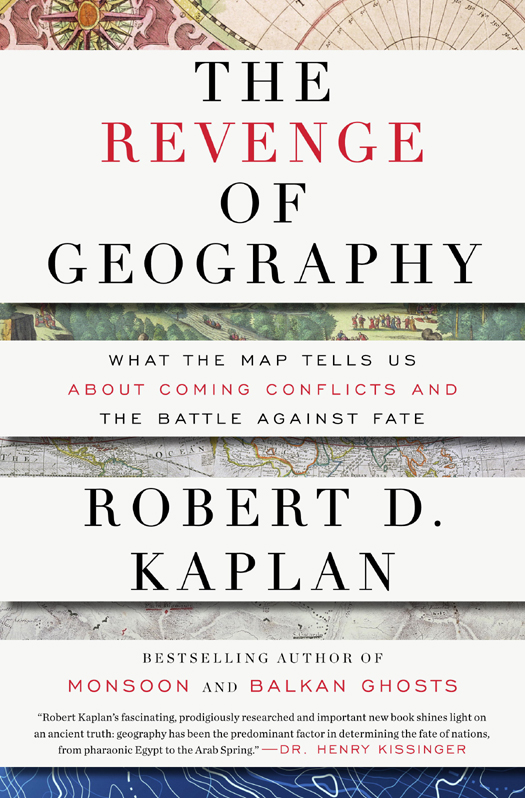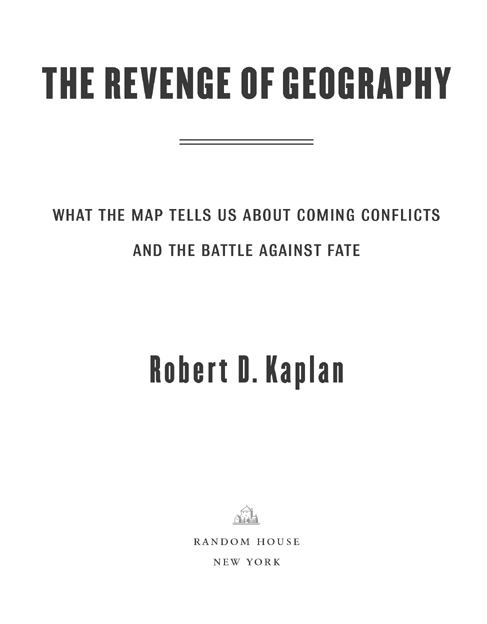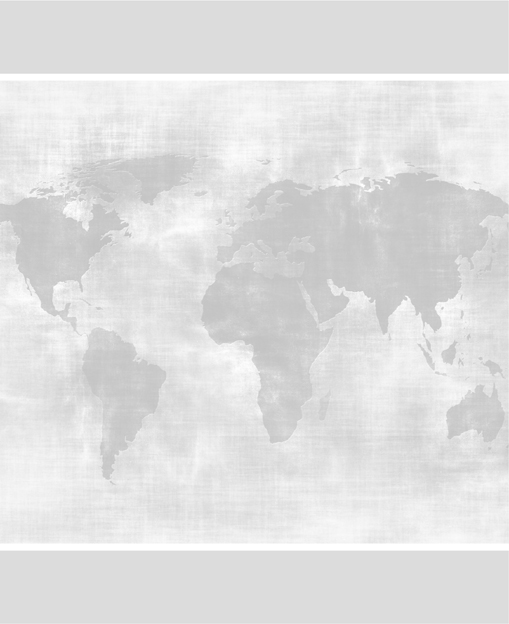
Copyright 2012 by Robert D. Kaplan
Maps copyright 2012 by David Lindroth, Inc.
All rights reserved.
Published in the United States by Random House, an imprint of The Random House Publishing Group, a division of Random House, Inc., New York.
R ANDOM H OUSE and colophon are registered trademarks of Random House, Inc.
The preface contains material from four earlier titles by Robert D. Kaplan:
Soldiers of God (New York: Houghton Mifflin Harcourt Publishing Company, 1990), An Empire Wilderness (New York: Random House, Inc., 1998),
Eastward to Tartary (New York: Random House, Inc., 2000), and
Hog Pilots, Blue Water Grunts (New York: Random House, Inc., 2007).
LIBRARY OF CONGRESS CATALOGING-IN-PUBLICATION DATA
Kaplan, Robert D.
The revenge of geography : what the map tells us about coming conflicts and the battle against fate / by Robert D. Kaplan.
p. cm.
eISBN: 978-0-679-60483-9
1. Political geography. I. Title.
JC319.K335 2012
320.12dc23 2012000655
www.atrandom.com
Title-spread image: iStockphoto
Jacket design: Greg Mollica
Front-jacket illustrations (top to bottom): Gerardus Mercator, double hemisphere world map, 1587 (Bridgeman Art Library); Joan Blaeu, view of antique Thessaly, from the Atlas Maior, 1662 (Bridgeman Art Library); Robert Wilkinson, A New and Correct Map
v3.1_r1
But precisely because I expect little of the human condition, mans periods of felicity, his partial progress, his efforts to begin over again and to continue, all seem to me like so many prodigies which nearly compensate for the monstrous mass of ills and defeats, of indifference and error. Catastrophe and ruin will come; disorder will triumph, but order will too, from time to time.
Marguerite Yourcenar
Memoirs of Hadrian (1951)
Contents
Part I
VISIONARIES
Part II
THE EARLY-TWENTY-FIRST-CENTURY MAP
Part III
AMERICAS DESTINY
Preface
FRONTIERS
A good place to understand the present, and to ask questions about the future, is on the ground, traveling as slowly as possible.
As the first rank of domed hills appeared on the horizon, rippling upward from the desert floor in northern Iraq, to culminate in ten-thousand-foot massifs clothed in oak and mountain ash, my Kurdish driver glanced back at the vast piecrust plain, sucked his tongue in contempt, and said, Arabistan. Then, looking toward the hills, he murmured, Kurdistan, and his face lit up. It was 1986, the pinnacle of Saddam Husseins suffocating reign, and yet as soon as we penetrated further into prisonlike valleys and forbidding chasms, the ubiquitous billboard pictures of Saddam suddenly vanished. So did Iraqi soldiers. Replacing them were Kurdish peshmergas with bandoliers, wearing turbans, baggy trousers, and cummerbunds. According to the political map, we had never left Iraq. But the mountains had declared a limit to Saddams rulea limit overcome by the most extreme of measures.
In the late 1980s, enraged at the freedom that these mountains had over the decades and centuries ultimately granted the Kurds, Saddam launched a full-scale assault on Iraqi Kurdistanthe infamous Al-Anfal campaignthat killed an estimated 100,000 civilians. The mountains were clearly not determinative. But they did serve as the backdropthe original factto this tragic drama. It is because of the mountains that Kurdistan has to a significant extent now effectively seceded from the Iraqi state.
Mountains are a conservative force, often protecting within their defiles indigenous cultures against the fierce modernizing ideologies that have too often plagued the flatlands, even as they have provided refuge for Marxist guerrillas and drug cartels in our own era. For it was on the plain where the Stalinist regime of Nicolae Ceausescu really sank its teeth into the population. Ascending the Carpathians several times in the 1980s, I saw few signs of collectivization. These mountains that declare Central Europes rear door were defined more by wood and natural stone dwellings than by concrete and scrap iron, favorite material elements of Romanian communism.
The Carpathians that girdle Romania are no less a border than the mountains of Kurdistan. Entering the Carpathians from the west, from the threadbare and majestically vacant Hungarian Puszta, marked by coal-black soil and oceans of lemon-green grass, I began to leave the European world of the former Austro-Hungarian Empire and to gradually make my way into the economically more deprived terrain of the former Ottoman Turkish Empire. Ceausescus oriental despotism, so much more oppressive than Hungarys haphazard goulash communism, was, ultimately, made possible by the ramparts of the Carpathians.
And yet the Carpathians were not impenetrable. For centuries traders had thrived in their many passes, the bearers of goods and high culture so that a poignant semblance of Central Europe could take root well beyond them, in cities and towns like Bucharest and Ruse. But the mountains did constitute an undeniable gradation, the first in a series in an easterly direction, that would conclude finally in the Arabian and Kara Kum deserts.
In 1999, I took a freighter overnight from the Azerbaijani capital of Baku, on the western shore of the Caspian Sea, to Krasnovodsk in Turkmenistan, on the eastern shore, the beginning of what the Sassanid Persians in the third century A.D . called Turkestan. I awoke to a spare, abstract shoreline: whitish hutments against cliffs the clay color of death. All the passengers were ordered to line up in single file in the 100-degree temperature before a peeling gate where a lone policeman checked our passports. We then passed into a bare, broiling shed, where another policeman, finding my Pepto-Bismol tablets, accused me of smuggling narcotics. He took my flashlight and emptied the 1.5-volt batteries onto the dirt floor. His expression was as bleak and untamed as the landscape. The town that beckoned beyond the shed was shadeless and depressingly horizontal, with little architectural hint of a material culture. I suddenly felt nostalgia for Baku, with its twelfth-century Persian walls and dream palaces built by the first oil barons, embellished with friezes and gargoyles, a veneer of the West that despite the Carpathians, the Black Sea, and the high Caucasus, refused to completely die out. Traveling eastward, Europe had evaporated in stages before my eyes, and the natural border of the Caspian Sea had indicated the last stage, heralding the Kara Kum Desert.
Of course, geography does not demonstrate Turkmenistans hopelessness. Rather, it signifies only the beginning of wisdom in the search for a historical pattern: one of repeated invasions by Parthians, Mongols, Persians, czarist Russians, Soviets, and a plethora of Turkic tribes against a naked and unprotected landscape. There was the barest existence of a civilization because none was allowed to permanently sink deep roots, and this helps explain my first impressions of the place.


